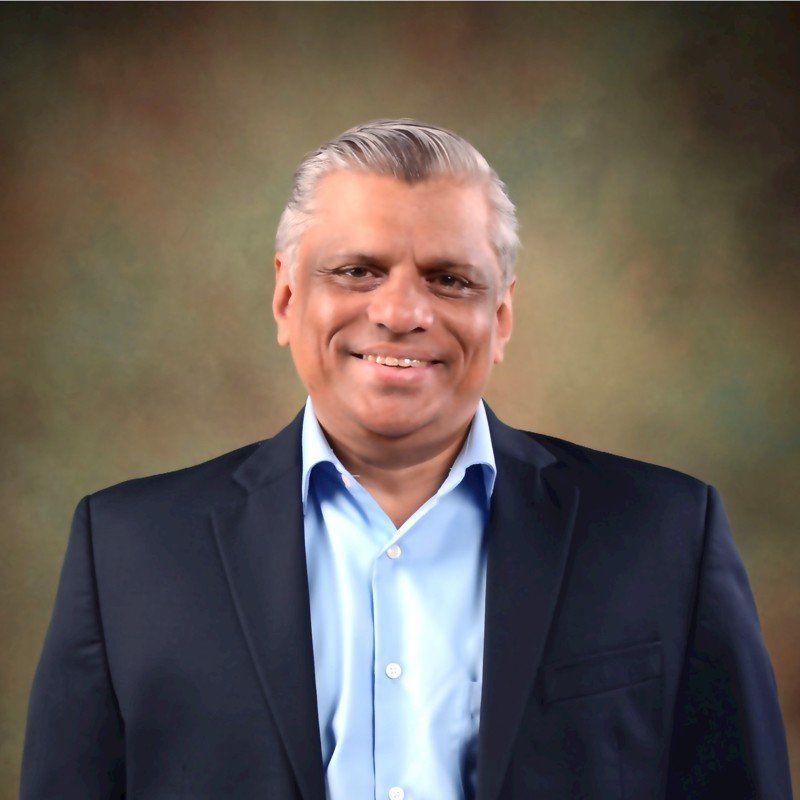Solar Energy: The Future Of Energy Consumption In Malaysia

We consume a lot of energy daily – from charging our multiple electronic devices to the air-conditioning that we nonchalantly turn on whenever it becomes too warm for our liking.
Many of us don’t think much about it, and might even take for granted the fact that we have electricity at the mere flip of a switch – but what is the impact of our energy consumption habits?
A PwC report that takes a look at the competing forces shaping the year 2030, forecasts that the demand for energy will increase by as much as 50 per cent by then.
The foundation for this scenario is based on one of the megatrends identified by PwC, which projects that depleted fossil fuels will lead to a scarcity of resources, while climate change is inevitable as extreme weather becomes more common and sea levels continue to rise.
The report also projects that new types of jobs will have to be created to cope with these needs, especially in the areas of alternative energy, new engineering processes, product design, and waste management and re-use.
As a result, traditional energy industries will see a rapid restructuring, which will in turn affect the millions of people employed by them.
Many countries are already making the shift from traditional energy to renewable sources such as wind, water, geothermal, and solar energy.
In a bid to become the first nation to be free of fossil fuels, Sweden decided to boost investments in solar, wind, energy storage, smart grids, and clean transport in 2015.
Costa Rica – a country famed for generating approximately 99 per cent of its electricity using renewable resources – set a record in 2017 by producing electricity using only clean energy for 300 consecutive days, and has set its sights on becoming a fossil fuel-free nation by 2021.
Renewable energy in Malaysia

“Using clean energy will not only benefit business operations, it will benefit Malaysia as a whole as well,” says Ko
Malaysia, however, still has a long way to go in terms of fully embracing renewable energy – especially when it comes to businesses.
While a number of small- and medium-sized enterprises (SMEs) – especially those that utilise large amounts of energy – have turned to solar energy to power their buildings and factories, most of them do so to cut their operating costs, and not for environmental reasons.
Plus Solar Systems chief executive officer (CEO), Ko Chuan Zhen identifies four factors that contribute to the shift towards solar energy: lower operating costs, tax incentives by the government, brand positioning, and corporate social responsibility (CSR).
However, the priority given to each factor is highly dependent on the respective companies and their business strategies.
Ko says that environmental sustainability is not a priority for most Malaysians, even though they are aware of the need to be environmentally-friendly.
“Most people want to solve their pain points first, and it’s only after they see the returns that they will go ahead with it (solar energy). If it happens to be environmentally-friendly, then why not?
“But most of the time, this is not the main reason that business owners go for solar energy.”
“Some SME owners also really like to explore technology and want to differentiate their business from the rest, which is why they look into solar energy – it’s really about the positioning of their brand,” adds Ko.
Challenges in making the leap
There are two main challenges in encouraging local SMEs to move away from traditional energy sources to clean energy, according to Ko.
1. Awareness
SME owners may not see how investing in solar technology can help their business in the long run, especially since they would have to fork out a large sum without seeing immediate returns on their investment.
However, Ko disagrees: “I would say that investing in solar infrastructure right now is pretty affordable; businesses will be able to break even in a little over four years.”
Solar photovoltaic (PV) panels typically come with a product warranty of 25 years.
In fact, some older models of solar panels have produced electricity for more than 40 years, and are still functioning well.
This means that businesses will be able to generate energy for free throughout the next few decades – long after their investment in solar infrastructure has broken even.
Ko says: “They’re essentially paying their electricity bills for the next 25 years today – the price of energy will be locked down, and when utility prices increase in the future, their operating costs won’t really be affected.”
The Malaysian government has also been doing its part to support the transition to more sustainable sources of energy by providing tax incentives for businesses that invest in green technology.
“The initiative was launched by the Malaysian Investment Development Authority (MIDA) back in 2015, but many business owners may not be aware of it, and so they do not take advantage of it,” shares Ko.
“This lack of awareness on government policies that support green technology may also be the reason that SMEs are slow to adopt solar technology.”
2. Financial constraints
Despite the reducing price of solar infrastructure over the years, it can still be quite expensive and difficult for SMEs to afford. As a consequence, they naturally shy away from it.
To help businesses make the switch to clean energy, Ko says that Plus Solar cooperates with banks to facilitate financing solutions for their clients, making it a lot easier for SMEs to get the loans they need to implement their solar energy projects.
“In fact, in most cases, businesses will be able to have a positive cash flow even though they have to service a loan during that period,” claims Ko.
Contributing to sustainability
Ko likens Plus Solar to an ‘energy doctor’ who studies a building’s energy consumption patterns, diagnoses the cause of the problem, and provides the solution – which, in most cases, starts off with the installation of solar energy infrastructure.
He elaborates: “Unlike many other companies, we continue to serve our clients in the long term with our other energy-efficient solutions – this is important because business owners will want to sustain and continue improving their building’s energy-saving measures.”
“We help them do this by monitoring their consumption patterns, which will help them save energy throughout the next 20 to 30 years,” says Ko.
Ko adds that in the last five years, Plus Solar has helped more than 700 buildings convert a portion of their energy source to solar power.
The total power generated by these buildings, which are located throughout Peninsular Malaysia and Sabah, is more than 100 megawatt peak (MWp).
Ultimately, Plus Solar aims to be at the forefront of the evolving energy industry, and help businesses cut operating costs while also reducing their impact on the environment.
Getting the whole country to shift towards renewable energy as its main energy source will take a lot of effort, but Ko is optimistic about the future.
“Solar energy is still in its early stages in Malaysia, but a lot more people are venturing into it compared to five years ago.”
Ko says that the future energy trend will be true energy independence, and in this period of energy transition, three things will happen.
The first is decarbonise, which means that everything will eventually ‘go green’.
The second is decentralise, where energy generation plants will become more community-based – or even individualised, such as having solar panels on your roof – thus making the energy source more efficient and economical.
The third is digitalise: with the advent of technology such as the Internet of Things (IoT) and artificial intelligence (AI), it has become easier than ever to monitor and analyse energy consumption.
“These 3Ds will be the future of the energy sector, which is quite exciting.
“This is already happening in developed countries; in fact, it’s also already happening in Malaysia, but it’s still in the very early stages,” says Ko.
“This is the value that Plus Solar brings to the country and to all SME business owners – using clean energy will not only benefit business operations, it will benefit Malaysia as a whole as well,” concludes Ko.
Prefer an e-mag reading experience? This article is also available in our 13th October, 2018 digital issue. Access our digital issues here.
Business
This article is published by the editors of Leaderonomics.com with the consent of the guest author.






